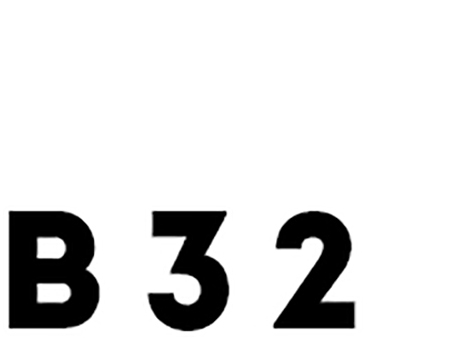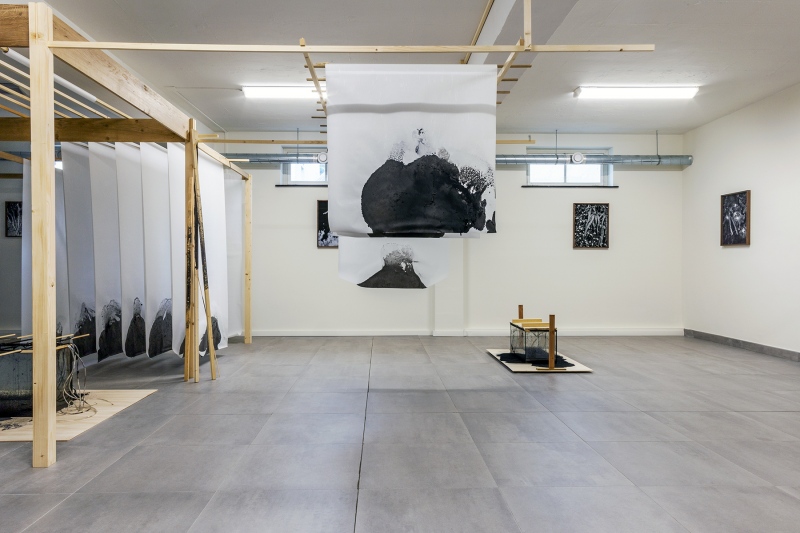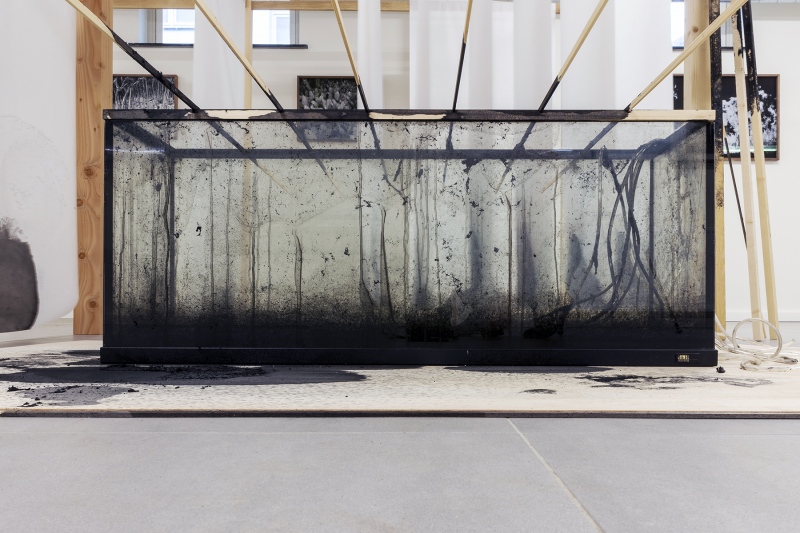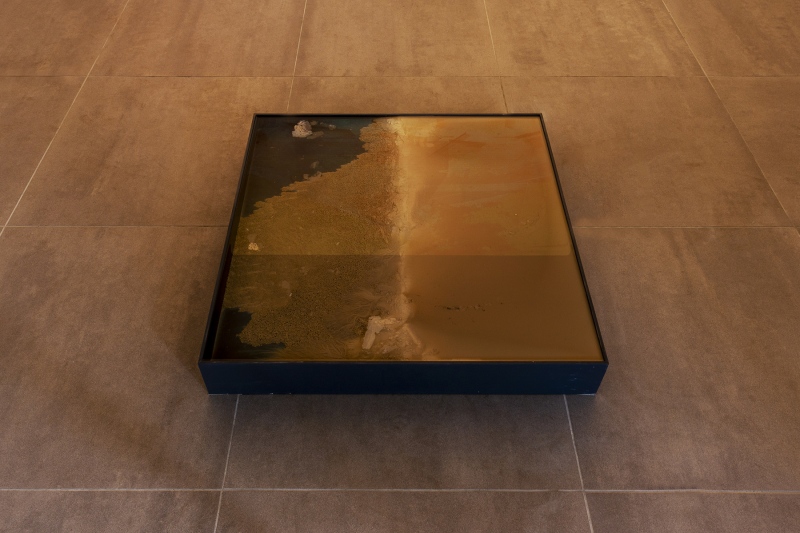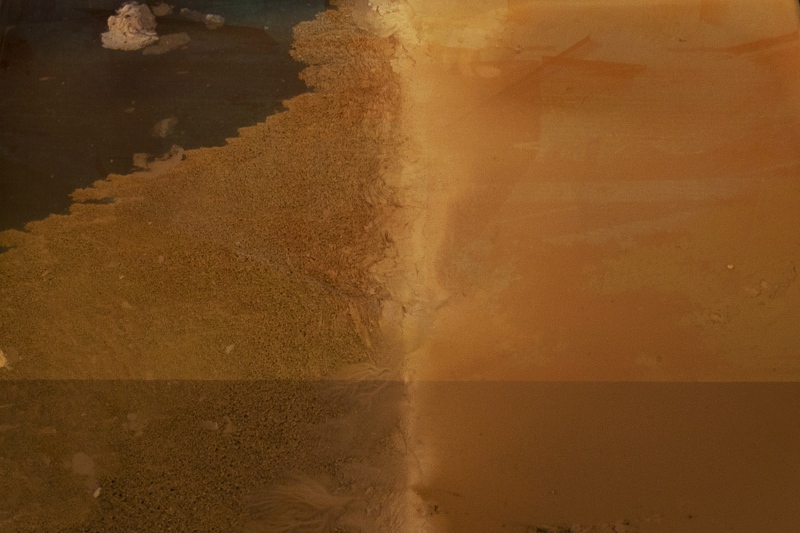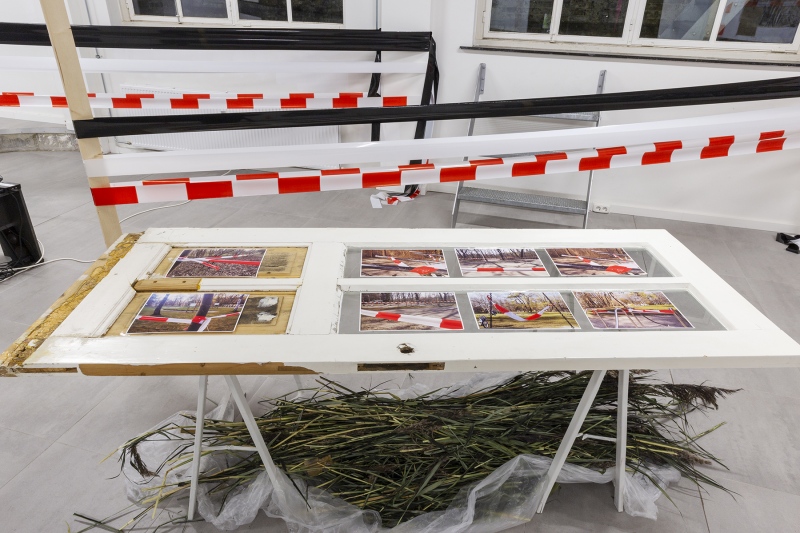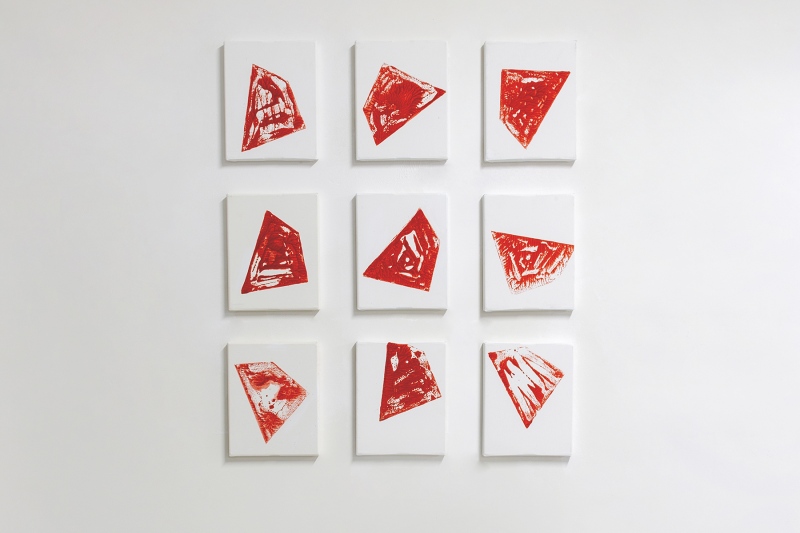-

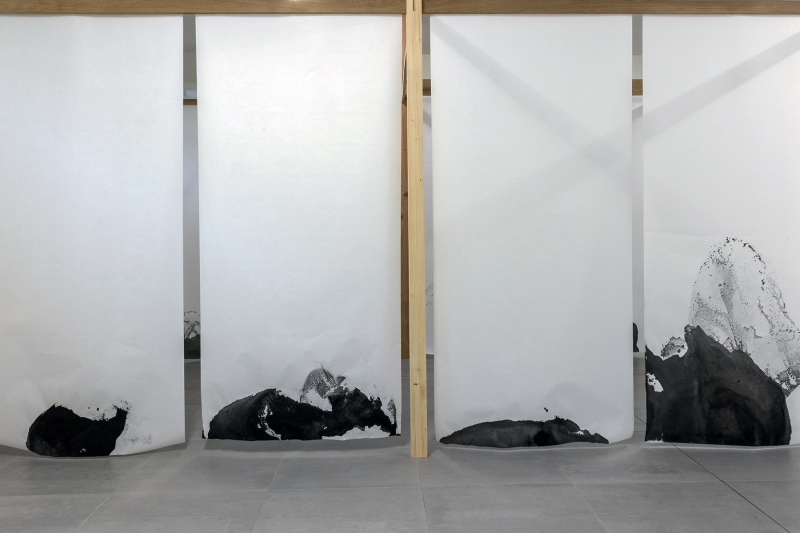
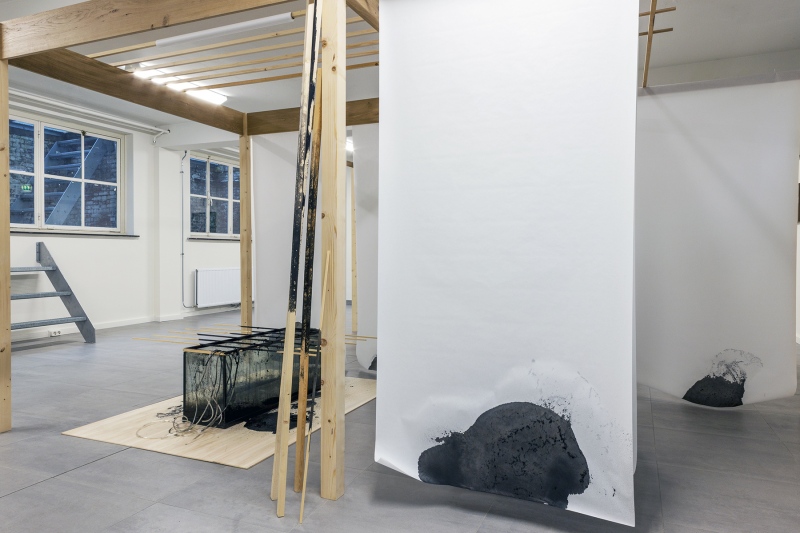
A Line in the Sand
Nobuo Shimose & Charlotte Koenen
25.09 - 25.10 2020
.
For over twenty years Nobuo Shimose wandered through nature in the vicinity of his hometown of Hagi (Japan). In the series “Kekkai” (Force Field) he photographs ordinary plants, such as ferns, in their everyday environment. Still, the photographs are mysterious: flowers become spaceships that open weightlessly, or exotic life forms from the deep sea. During a trip through Japan, the Dutch artist Charlotte Koenen saw a poster of Shimose’s work, the exhibition unfortunately only opened weeks later. Still, the pictures kept running through her mind and she decided to make contact. This exhibition is a collaboration of two artists who have never met, who never saw each other’s work in real life, but who are both trying to capture the same thing: the invisible boundaries of nature, which shape our world.
.
BIP off-road
A Line in the Sand by Charlotte Koenen & Nobuo Shimose
text by Alicja Melzacka
.
This autumn Biennale de l'Image Possible organises its 12th edition in a slightly renewed format—this time, collaborating with external curators, who temporarily ‘take over’ vacant buildings in the heart of Liège. In what has become a tradition, every two years, BIP mobilises the city by inviting local cultural organisations and galleries to join their exhibition circuit. What is perhaps lesser known and explored is BIP’s OFF programme, including a number of independent locations in Euregio. And perhaps unsurprisingly, going off-road sometimes provides more emotions than driving the circuit.
A Line in the Sand is one of the OFF-projects of the Biennale, presented by B32—an oldest, still active artist-run space in Maastricht. This collaboration between Charlotte Koenen (1992, NL ) and Nobuo Shimose (1944, JP) combines printmaking, photography and architecture. The title of the exhibition hints at the artists’ preoccupation with the relationship between temporality and space. The idea of a soft break or a porous division manifests itself through their works, which circumscribe transient ephemera by temporary boundaries.
Charlotte Koenen often works with biological and chemical processes, to which she partly delegates control over her materials. Her installations, affected by external conditions and internal forces, are dissolving, evaporating, and condensing, in a constant balancing out between the artist’s intention, material agency, and time. At B32, she presents a new series of prints with a similar backstory; they too were executed by partially giving up the control over the material. Koenen made use of a makeshift dying instrument consisting of an aquarium and a wooden structure (also presented in the exhibition). By mixing detergents with ink and oxygen, she initiated a reaction, but it was the oozing foam soaking through the paper that created the unique patterns. These works function as an imprint of a temporary ’landscape’ — the cross-sections of the ephemeral body of dried-up foam. The fluidity and immediacy of this medium evoke something of a photographic process.
The drawings are suspended from a wooden, modular structure Koenen designed and executed together with Thomas Hütten (1991, DE). The relation of the prints to the pavilion is not equivalent with that of a work to a display system; rather, they are elements balancing each other out and creating one immersive installation extending across the gallery. With very minimal, lightweight, but painstakingly precise solutions, the artists created a space within the space, playing with different densities and scales, and engaging the viewer in the constant finding of new vantage points. From several of these points, one can spot the photographs of Nobuo Shimose, which became in a way an extension of the pavilion, enhancing the friction between the inside and the outside.
Last year, during their research trip to Japan, Hütten and Koenen came across a black-and-white poster depicting a mesmerising field of ferns. Intrigued, they photographed and translated its content which later turned out to promote an exhibition by Japanese photographer Nobuo Shimose. The rather romantic idea to bring the work of this elusive artist to Maastricht became one of the driving forces behind the exhibition. Shimose is a multifaceted photographer; after graduating from the art academy in Tokyo, he returned to his hometown Hagi to take over his family’s photo studio. His black and white, high-contrast photographs, from the series Kekkai (‘boundaries’), transform the local landscape into graphic patterns, a shadow theatre, a mirage. To a contemporary
eye used to post-production tricks, it is almost inconceivable that such effects could have been achieved just by regulating the light’s impact on the photographic material.
With Shimose not being able to travel or even ship his original analogue works, they had to be reproduced on the spot, becoming an image of an image. The strategies of reproduction and repetition echo throughout the exhibition, from the pavilion, reproducing on a scale the gallery’s dimensions to the prints repeating the same quasi-automatic, yet ever-changing, gesture. Indulging in this interplay of different forces and intents, Koenen and Shimose straddle the volatile line between the deliberate and the provisional, the singular and the serial.
-



mobile_versus_ digitalcinema
Annegret Bleisteiner & Toni Wirthmüller
02.09 - 13.09 2020
.
Mobile Cinema versus Digital Cinema consists of artists who express themselves with videos on the subject of inside and outside. Mobile Cinema was shown in Hamburg, Munich, Istanbul and Berlin in 2011. In 2019 Mobile Cinema Reloaded was performed in Helsinki, Nelimarkka and Rome. MC versus DC focuses on the possibilities and dangers of the digital media and how videos are changed by projection on small smartphone screens and on large screens affecting the perception of the video. In times of Corona, digital media, zoom, you tube, Instagram and Facebook are mostly used to stay present.
The MC versus DC project deals with mobility and closeness, which is difficult in times of Corona. That is why Annegret Bleisteiner and Toni Wirthmüller are focusing on performing with the videos being shown in a bag, connecting the outside with the inside and emphasising the themes of social distancing and closeness through the digital and giving the selected videos a permanent home being in the bag.
In cooperation with the B32 Artspace both artists realised a site specific installation combined with live performances at the exhibition opening. More info on the project via digital artspace
B32 Artspace ©
Built with Berta.me
